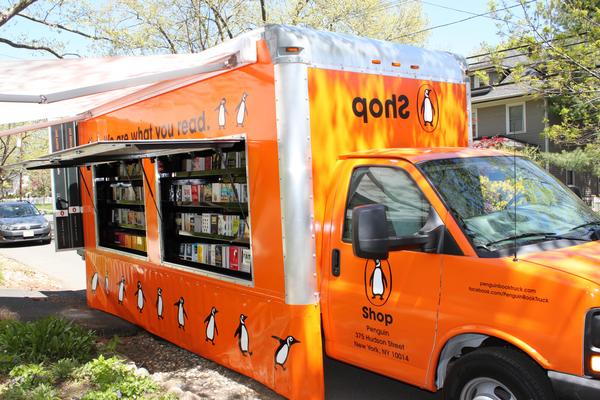Peer-reviewed library and information science journals are certainly no exception to the scourge of “academese” – a dialect known for its floridness, pedantry, and obfuscatory properties. Rachel Toor, an associate professor of creative writing at Eastern Washington University in Spokane, writes in the Chronicle of Higher Education about what she “hears” from those writing for an “academic” audience:
Am I making a convincing case? Have I mentioned everything everyone else has said about this topic and pointed out the ways that they are (sort of) wrong? Do you see how much I’ve read? Have I dropped enough important names? Does my specialized language prove I deserve to be a member of your club? Am I right? At the end, I hear hope disguised as an attitude that asks: Am I smart?
She further illustrates her point when reflecting on her career, “In my work for a publisher, I had perpetrated on the world a whole lot of garbled ideas expressed in jargon and in meaningless, incomprehensible, and never-ending sentences.”
Toor goes on to discuss internal calls for more persuasive writing in various academic disciplines, including history. She also reviews a new book “Stylish Writing” by Helen Sword, summarizing some of the tips from the book about making academic writing more accessible and, frankly, interesting.
Peer-reviewed library and information science journals are certainly no exception to the scourge of “academese” – a dialect known for its floridness, pedantry, and obfuscatory properties. Rachel Toor, an associate professor of creative writing at Eastern Washington University in Spokane, writes in the Chronicle of Higher Education about what she “hears” from those writing for an “academic” audience:
Am I making a convincing case? Have I mentioned everything everyone else has said about this topic and pointed out the ways that they are (sort of) wrong? Do you see how much I’ve read? Have I dropped enough important names? Does my specialized language prove I deserve to be a member of your club? Am I right? At the end, I hear hope disguised as an attitude that asks: Am I smart?
She further illustrates her point when reflecting on her career, “In my work for a publisher, I had perpetrated on the world a whole lot of garbled ideas expressed in jargon and in meaningless, incomprehensible, and never-ending sentences.”
Toor goes on to discuss internal calls for more persuasive writing in various academic disciplines, including history. She also reviews a new book “Stylish Writing” by Helen Sword, summarizing some of the tips from the book about making academic writing more accessible and, frankly, interesting.
Sword believes stylish writers tell compelling stories, avoid jargon, provide the reader with “aesthetic and intellectual pleasure,” and write with “originality, imagination, and creative flair.” She surveys stylish writing and notices extensive use of first-person anecdotes, catchy openings, concrete nouns (as opposed to nominalized abstractions), active verbs (eschewing forms of that bugger, “to be”), lots of examples, good illustrations, references that show broad reading, and a sense of humor.
The need for more engaging and clear writing in academic fields, including library and information sciences, is clearly there – do you think the professionals doing the writing and, more importantly, the review boards of the leading journals would embrace it, though?
As Toor points out in response to Sword’s suggestions:
No formal rules proscribe any of those practices, although many academics have formed a false consensus, believing that if they engage in such flashy, creative-writing-esque behavior they will pay for it by appearing Not Serious and therefore not smart.
Full Chronicle article
 Penguin is launching a “mobile bookstore” akin to the food trucks that have become so popular in urban areas in recent years. They’ll launch the big orange truck (Penguin orange, dontcha know) with a splash at Book Expo America and then roll it through to ALA in Chicago next month.
Penguin is launching a “mobile bookstore” akin to the food trucks that have become so popular in urban areas in recent years. They’ll launch the big orange truck (Penguin orange, dontcha know) with a splash at Book Expo America and then roll it through to ALA in Chicago next month.
Recent Comments